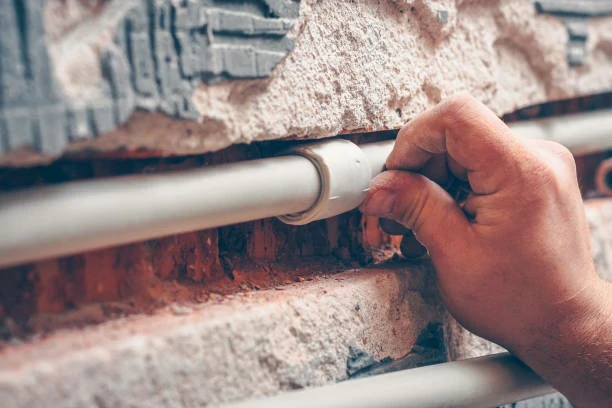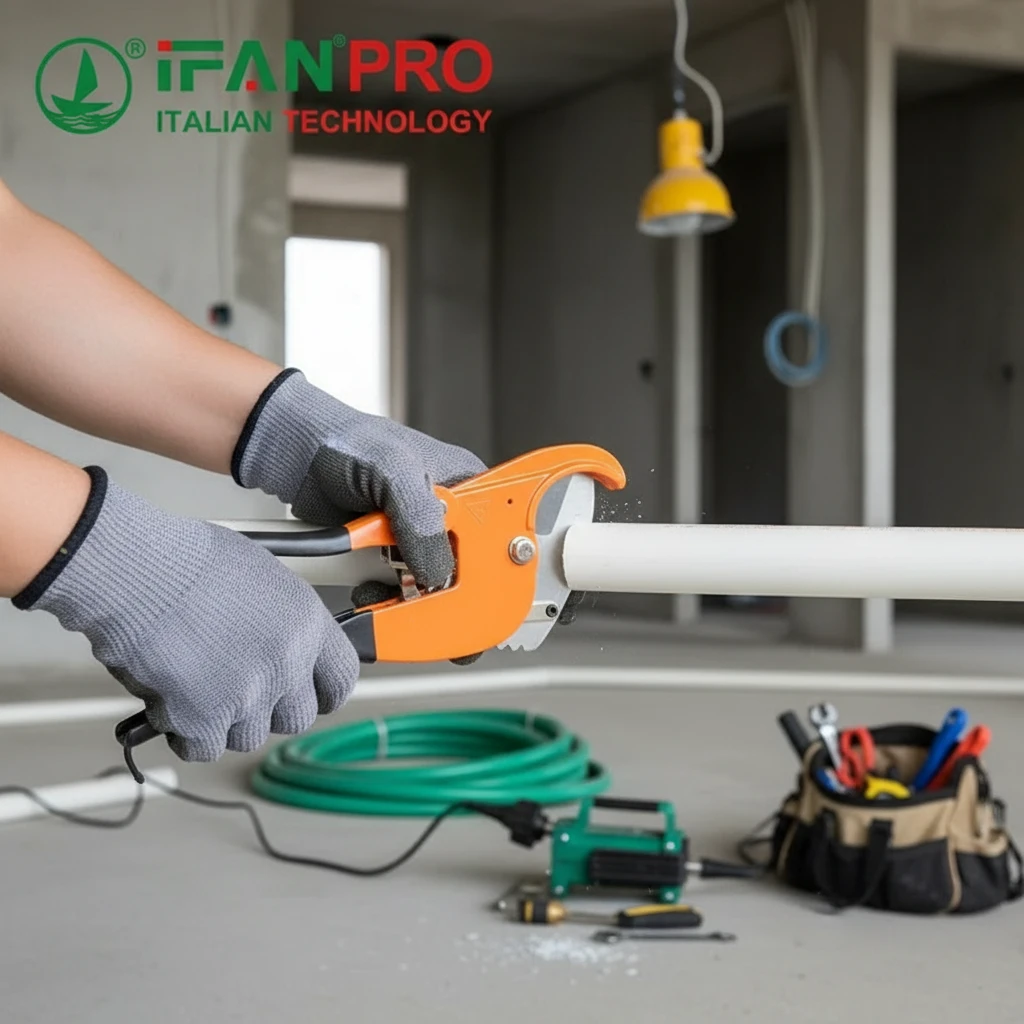Introduction to PPR Pipe in Building Applications
PPR (Polypropylene Random Copolymer) pipes are a key component in modern building infrastructure. Their durability, ease of installation, and versatility make them an ideal choice for various plumbing applications. This article explores the different uses of PPR pipes in building systems, highlighting their advantages and applications.
Characteristics of PPR Pipe
PPR pipes offer several characteristics that set them apart from other piping materials. These include high temperature and pressure resistance, non-reactivity, and long service life.
High Temperature and Pressure Resistance
PPR pipes can withstand high temperatures and pressures, making them suitable for hot and cold water systems. They maintain their structural integrity under extreme conditions, ensuring reliable performance.
Non-Reactivity
PPR pipes do not react with chemicals or other substances, preventing corrosion and contamination. This makes them ideal for transporting potable water and chemicals in industrial applications.
Long Service Life
PPR pipes have a long service life, often exceeding 50 years. Their durability reduces the need for frequent replacements, offering long-term reliability and cost savings.
Advantages of Using PPR Pipe in Buildings
Using PPR pipes in building systems provides numerous advantages. These include ease of installation, energy efficiency, and environmental sustainability.
Ease of Installation
PPR pipes are lightweight and easy to handle. They can be quickly installed using heat fusion welding, creating strong and leak-proof joints. This reduces installation time and labor costs.
Energy Efficiency
PPR pipes have excellent thermal insulation properties, reducing heat loss in hot water systems. This improves energy efficiency and lowers energy costs. Their smooth interior surface also reduces friction, enhancing water flow and reducing pumping energy requirements.
Environmental Sustainability
PPR pipes are environmentally friendly. They are made from recyclable materials and do not release harmful substances into the environment. Their long service life and energy-efficient production process contribute to overall environmental sustainability.
Applications of PPR Pipe in Buildings
PPR pipes are versatile and can be used in various building applications. These include water supply systems, heating systems, and waste management systems.
Water Supply Systems
PPR pipes are widely used in water supply systems. Their high temperature and pressure resistance make them ideal for both hot and cold water distribution. They ensure a clean and safe water supply, preventing contamination and leaks.
Heating Systems
In heating systems, PPR pipes provide reliable performance. They can withstand high temperatures and pressures, ensuring efficient heat distribution. Their thermal insulation properties reduce heat loss, improving energy efficiency.
Waste Management Systems
PPR pipes are also used in waste management systems. Their chemical resistance and non-reactivity make them suitable for transporting waste and chemicals. They prevent corrosion and leaks, ensuring a safe and efficient waste management system.
Installation Process of PPR Pipes
Proper installation of PPR pipes is crucial for their optimal performance. The process involves cutting, cleaning, and joining the pipes using heat fusion welding.
Cutting and Cleaning
First, cut the pipes to the required length using a pipe cutter. Clean the ends of the pipes and the inside of the fittings to remove any dirt or debris. This ensures a clean and secure joint.
Heat Fusion Welding
Heat fusion welding is the preferred method for joining PPR pipes. the ends of the pipes and the inside of the fittings using a welding tool. Once the plastic becomes soft, quickly join the pipes and fittings together. Hold them in place until they cool and form a strong, leak-proof joint.
Maintenance of PPR Pipe
Regular maintenance ensures the longevity and performance of PPR pipes. Periodic inspections and cleaning help identify and address potential issues before they become serious problems.
Periodic Inspections
Inspect the PPR pipe periodically for signs of wear, leaks, or damage. Check for any loose joints or fittings and tighten them if necessary. Replace any damaged components to maintain the integrity of the plumbing system.
Cleaning
Clean the PPR pipe regularly to prevent the buildup of dirt and debris. This ensures smooth water flow and prevents blockages. Use mild cleaning agents and avoid harsh chemicals that can damage the pipes.
Environmental Considerations
PPR pipe support environmental sustainability. They are made from recyclable materials, reducing environmental impact. Their energy-efficient production and long lifespan contribute to overall environmental benefits.
Recycling
PPR pipes are 100% recyclable. At the end of their service life, they can be processed into new products, reducing waste and conserving resources. Proper disposal and recycling practices minimize environmental impact.
Energy Efficiency and Cost-Effectiveness
PPR pipe offer energy efficiency and cost-effectiveness. Their thermal insulation properties reduce energy consumption in hot water systems. Their long service life and low maintenance requirements provide long-term cost savings.
Energy Efficiency
The thermal insulation properties of PPR pipes reduce heat loss in hot water systems. This improves energy efficiency and lowers energy costs. Their smooth interior surface also reduces friction, enhancing water flow and reducing pumping energy requirements.
Cost-Effectiveness
PPR pipe provide a cost-effective solution for building systems. Their affordability, combined with low installation and maintenance costs, makes them an economical choice. The reduced need for frequent replacements further enhances their cost-effectiveness.
Conclusion
PPR pipe are a vital component in modern building infrastructure. Their high temperature and pressure resistance, durability, and ease of installation make them an excellent choice for various applications. Understanding their characteristics and benefits aids in effective management of plumbing and heating installations. By utilizing high-quality PPR pipes, users can enhance the reliability, efficiency, and sustainability of their building systems. Their environmental benefits and cost-effectiveness make them a preferred choice for residential, commercial, and industrial applications.
Connecter
IFAN est un fabricant chinois de tuyaux, de raccords et de vannes en plastique, fort de 30 ans d'expérience. Si vous êtes intéressé par IFAN Raccords en cuivre, vannes en cuivre, tuyaux et raccords en plastique, veuillez nous contacter. IFAN offers you a variety of standard pipes to meet your specific needs. Click below to learn more about IFAN’s wide range of affordable and cost-effective valve products and piping system related products.
We will reply your email or fax within 24 hours.
You can call us at any time if there is any question on our production.
For more information,pls visit our webside https://ifanpro.com/
Veuillez envoyer un courrier à l'adresse suivante [email protected]
Whatsapp : + 86 19857948982














Commentaires récents